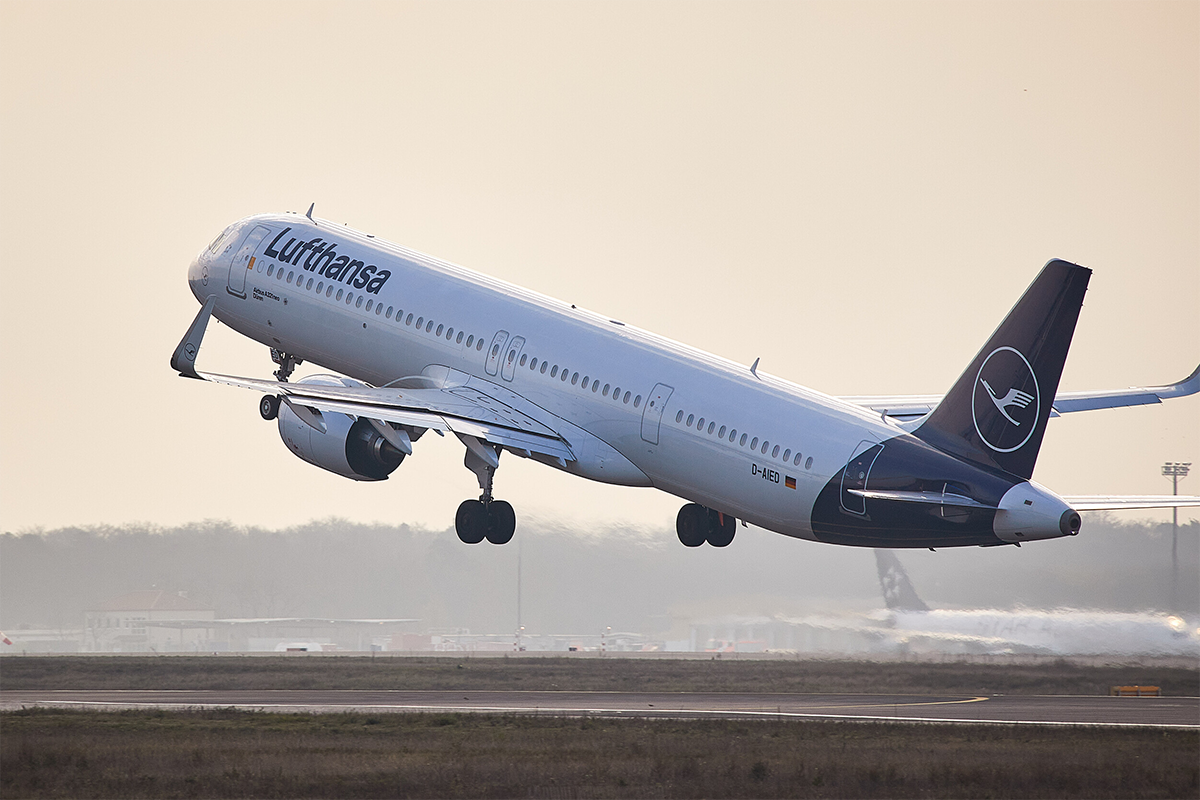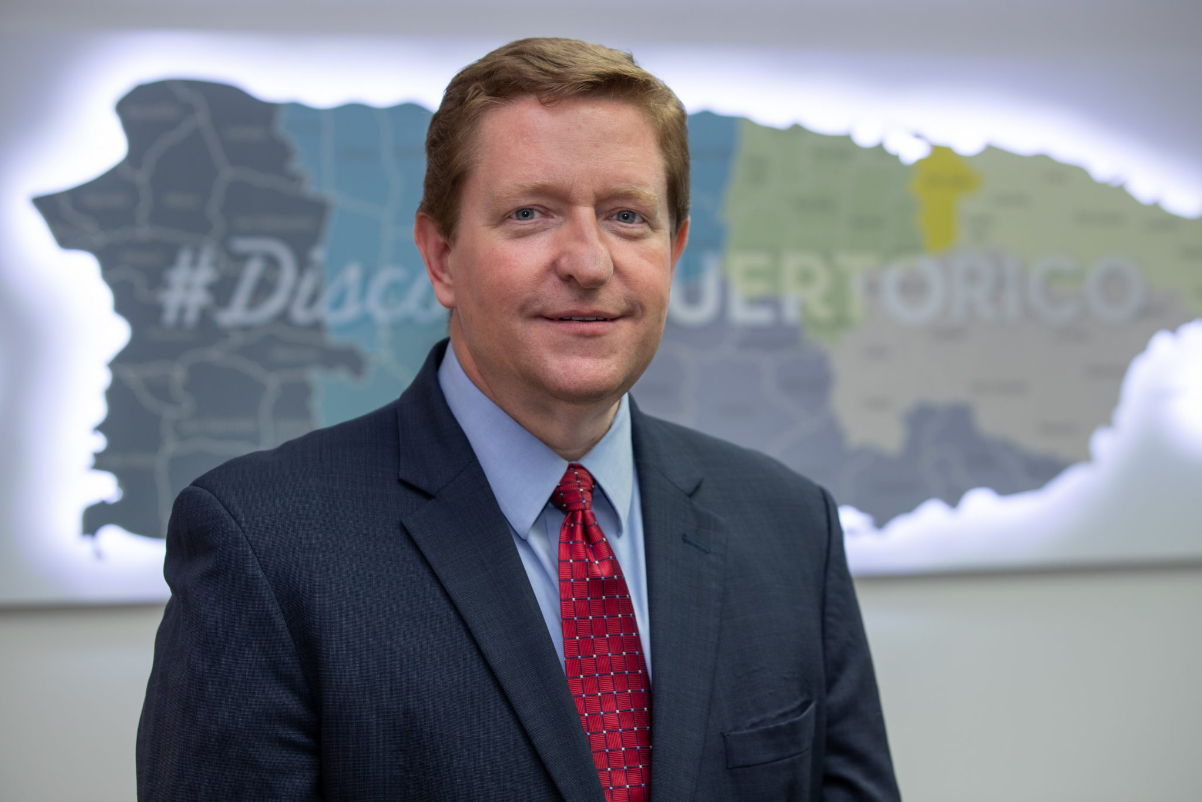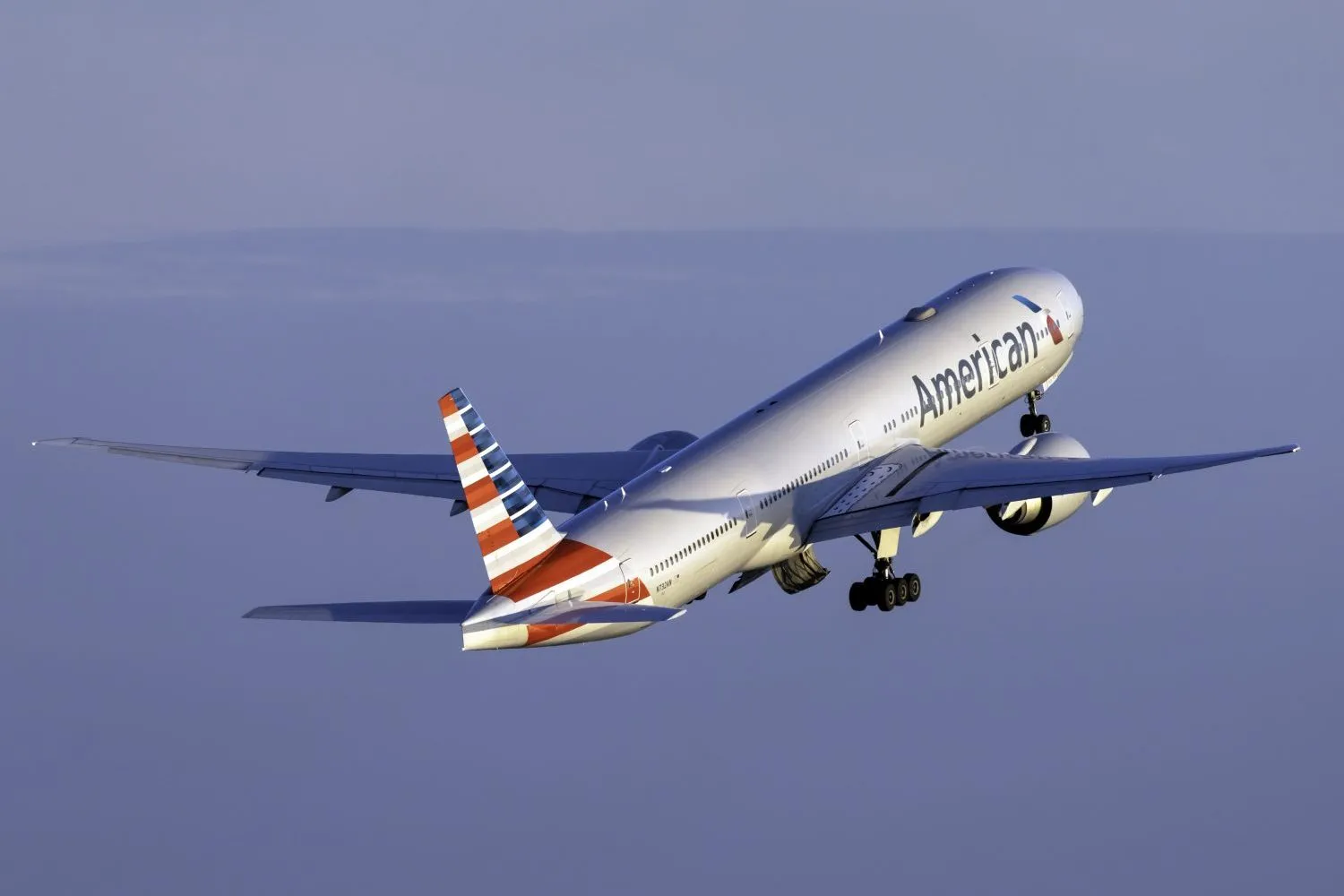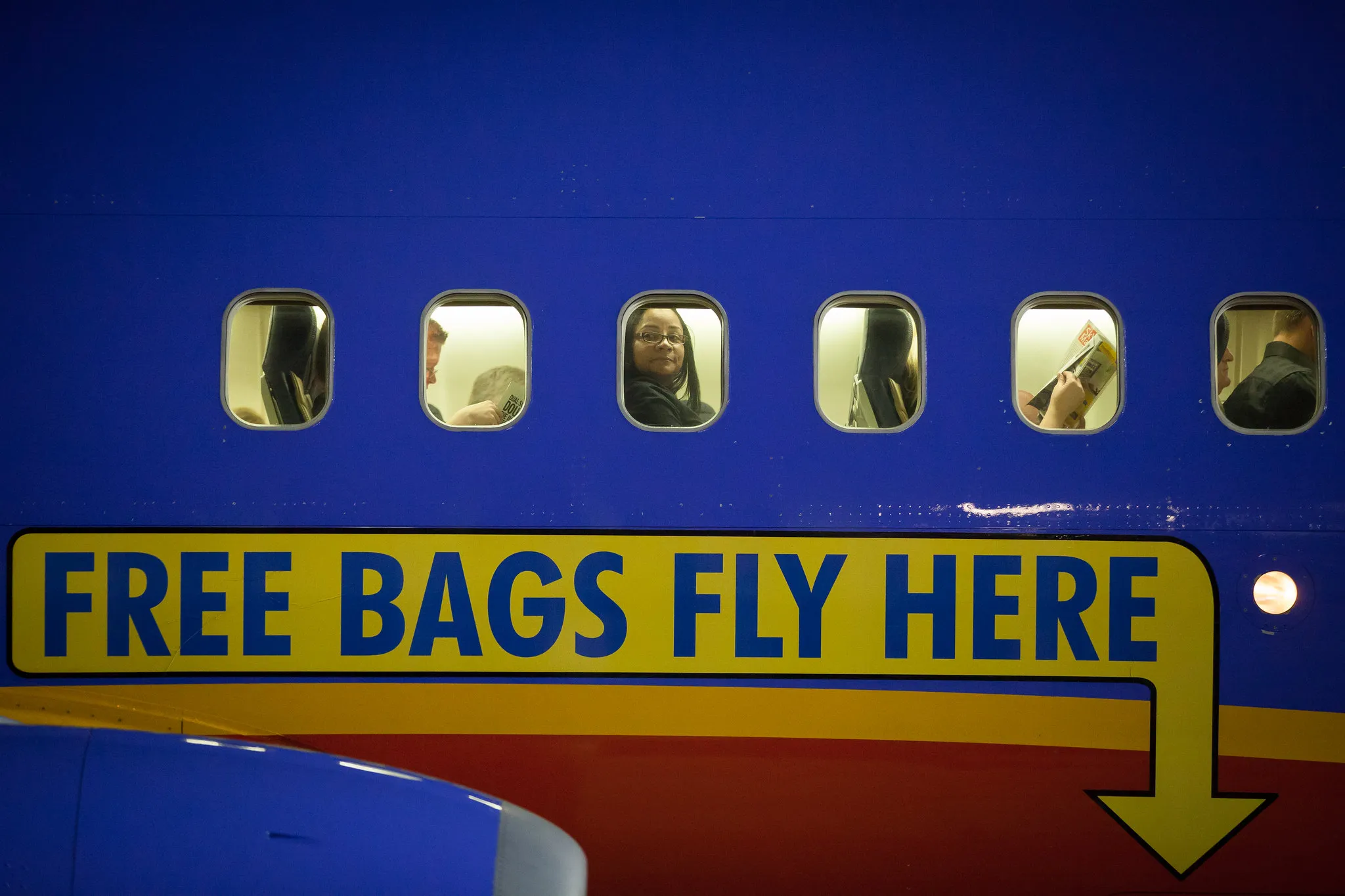What If Marriott Had Bought Disney
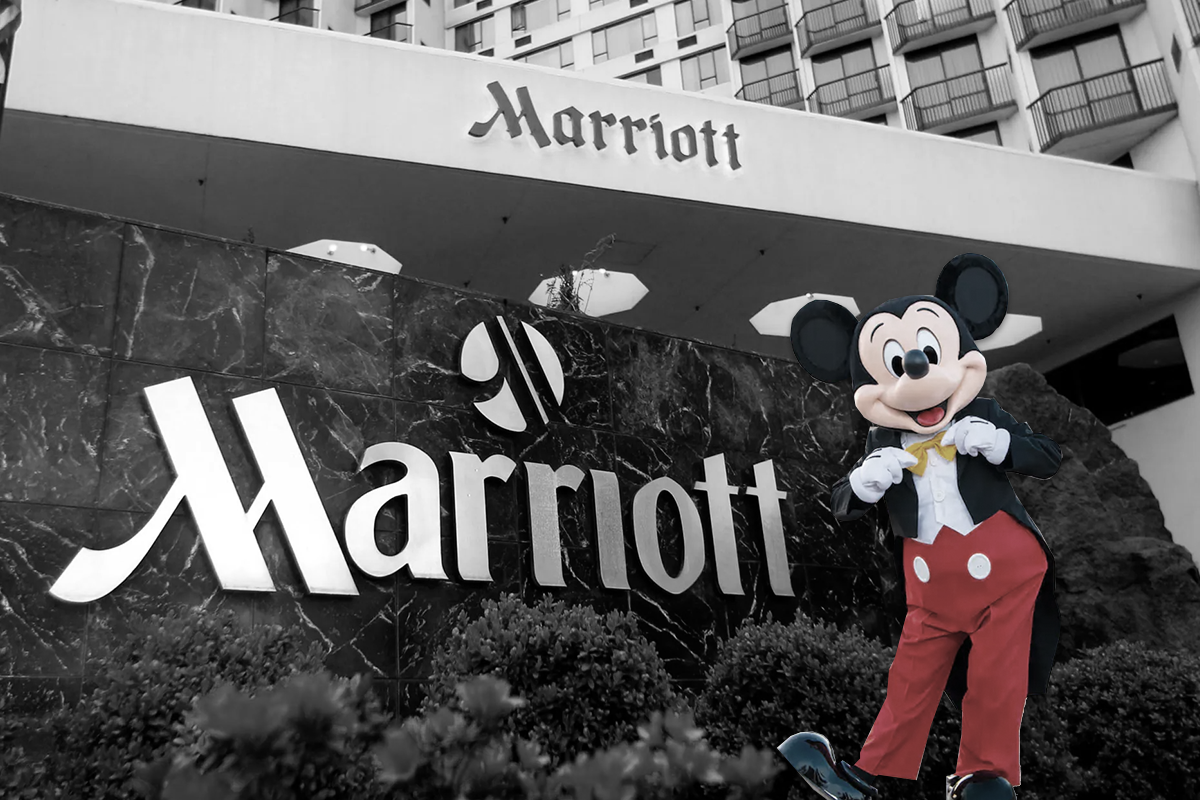
Skift Take
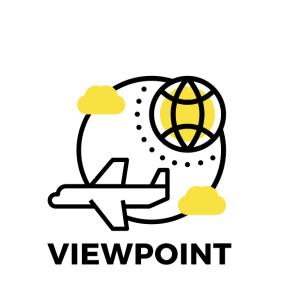
In the Christmas classic “It’s a Wonderful Life,” the James Stewart character George Bailey sees how life would change had he never been born. That’s a fantasy, of course, but like George Bailey, I began imagining recently while watching the Walt Disney Company's latest leadership drama unfold how a company’s timeline could be altered under a different scenario.
As a business journalist, I have studied, reported on, and written about Disney closely since the 1980s, which brings me to this exercise of reimagining history.
Take Marriott, which in 1984 was a 142-hotel chain in the midst of a major expansion. Its George Bailey moment came, according to news reports at the time, when it considered — but then denied — an opportunity to join corporate raider Saul Steinberg’s $1.4 billion bid to buy a controlling 49 percent stake in the ailing Disney. A key driver of bringing these two iconic companies together at the time was Marriott's Chief Financial Officer Gary Wilson.
By 1984, Disney’s stock had cratered after years of lackluster movies and unimpressive attendance at its two-year-old Epcot Center in Orlando, Florida. After Disney fended off takeover bids, Disney's new CEO Michael Eisner led a brilliant revival of the Mouse House. In fact, Eisner hired Wilson away from Marriott to be his own top finance executive a year later with a board seat as an incentive.
Like “It’s a Wonderful Life,” had Marriott decided to join Steinberg’s bid — and it succeeded in winning Disney — both Marriott and its prey could look vastly different than they do today. And other companies might as well.
Disney’s mammoth 28,000 acres in Florida was clearly the prize of Steinberg’s hostile bid. Marriott could have used a chunk of that property to build gleaming new hotels. It was certainly fertile territory: Disney, despite having two large theme parks on that land, only had two hotels on that property — and hadn’t built a new one in 13 years.
Disneyland was also ripe for a new hotel. Disney didn’t even own the Disneyland Hotel in Anaheim, California. That was owned by Texas billionaire Jack Wrather, a friend of founder Walt’s who bailed him out when Disney had tapped out his finances in building the park.
Those two sites would have come along at a good time for Marriott. It told shareholders in its 1984 annual report that it was developing all-suite hotels and vacation ownership resorts and intended “to add 25,000 high-end hotel rooms by 1988.”
Beyond that, a Disney deal could have boosted the diversification strategy Marriott struggled to pull off back then, and infuse the company with much-need creativity. At the time, Steinberg was said to have approached Marriott as the hotel chain was selling off the two of Marriott’s Great American theme parks it opened in 1976 outside Chicago and Los Angeles. Those parks, it said at the time, “offered limited growth opportunity and a dramatic appreciation in the value of the land of one park.”
Having scale with theme parks would have given Marriott an expanded market for its food services as well. At the time, it was providing those for schools, airlines and other places. Millions of theme park visitors could work up serious appetites.
A Disney takeover — if it happened in this fantasy — would also alter the trajectory of some of the biggest players in the media and entertainment world. For starters, Disney might not even own the biggest hit making studio in Hollywood. Walt’s nephew Roy Disney, who had left Disney’s board over conflicts in strategy, offered Steinberg $350 million for the Disney studio and merchandising rights, according to John Taylor’s book Storming the Magic Kingdom. Steinberg turned Roy Disney down and his takeover bid fizzled before a new offer materialized.
Without the theme parks and real estate, it’s unlikely Disney would have ever enticed Eisner to stick around. He helped to boost the company’s fortunes during 21 years at the Mouse House.
Eisner turned down an offer to run Disney’s movie studio before. In 1982, then Disney CEO Ron Miller tried to hire Eisner away from Paramount Pictures, where he was president, Miller told me for my book The Disney Touch. Eisner, according to Miller, wanted to also run the theme park unit.
Without Eisner at the helm — or a theme park to regularly churn out mountains of cash for the company — it’s unlikely Disney could pull off its $19 billion merger with Capital Cities/ABC in 1995 that transformed Disney into an entertainment powerhouse. That deal brought Disney the ABC TV network, eight TV stations, 21 radio stations and cable channels including its interests in Lifetime and A&E.
Most importantly, it also landed Disney the ESPN sports channel that dominated sports programming for decades and today has a robust streaming service (albeit with losses from its startup).
More Disney News
To learn more about Disney's current theme park strategy, watch our interview with Chairman Josh D'Amaro at Skift Global Forum in September.
Capital Cities/ABC most likely would have eventually found another merger partner or someone to sell its 80 percent stake in ESPN in the fast-consolidating media landscape of the 1990s.
Two potential partners for ESPN likely would have been John Malone’s Tele-Communications Inc. cable system and Rupert Murdoch’s News Corp. The media moguls at the time were assembling separate collections of regional sports channels to take on ESPN with a collection of programming from small professional leagues and college conferences. In 1995, they merged their efforts into a single sports channel that became the Fox Sports Net.
Fantasy Thinking
Without its 1995 merger with Capital Cities/ABC, Disney also might never have landed Bob Iger, Cap Cities’ president at the time of the deal. Iger joined Disney after that deal and in 2005 succeeded Eisner.
Iger struck a succession of big-ticket deals that reshaped the media landscape, making Disney even more formidable.
Iger’s first deal was Disney’s $7.4 billion purchase of Pixar, the computer animated studio led by Apple CEO Steve Jobs that created such hits as Toy Story, Cars, and Finding Nemo. A smaller Disney, without the theme park rides could make from Pixar’s films, might not have been nearly as attractive to Jobs.
So, too, comic book powerhouse Marvel might have gone looking for another partner without Disney’s theme parks. Iger plunked down $4 billion to buy Marvel, the home of such comic book heroes as Iron Man and Spiderman, in 2009. The problem is that Marvel’s East Coast theme park rights belonged to Comcast’s Universal Studios. (At the time of that agreement MCA owned the Universal Studios theme parks.)
Star Wars creator George Lucas has a long-time deal with Twentieth Century Fox and most likely would have given Rupert Murdoch’s studio first crack at his Stars Wars empire if Disney no longer had a theme park. Or maybe Lucas he would have taken Universal’s phone call to put Darth Vader and Luke Skywalker in one of their theme parks. In 2012, Iger bought Lucasfilm and the "Stars Wars" franchise for $4 billion.
Then again, a slimmed-down Disney — without its theme parks — would most likely have been in the sights of some other media company. Cable giant Comcast, which in 2004 made an unsuccessful surprise $54 billion bid for Disney, might have come calling for the home of Mickey and Minnie Mouse.
Yes, yes. This is all fantasy thinking. None of this ever happened, and never will. Both Marriott and Disney went on to have decades of spectacular growth, even as Disney is currently struggling. Disney has grown its market cap from the 1980s of less than $10 billion to nearly $175 billion today. Marriott is the world's largest hotel operator, and just keeps adding brands with a portfolio of more than 30 today.
Just like in “It’s a Wonderful Life,” reality can be pretty darn wonderful.
Ronald Grover, the former Los Angeles bureau chief for BusinessWeek and for Reuters, is an adjunct professor at the University of Southern California's Annenberg Center for Communication Leadership & Policy. He is the author of the 1991 book The Disney Touch: How a Daring Management Team Revived an Entertainment Empire.

